When it comes to the world of hauling and transporting materials, the dump trailer stands out as an indispensable tool for contractors, landscapers, and homeowners alike. However, one of the most vital questions that arises in the usage and selection of dump trailers is: How many yards will a dump trailer hold? This article will provide you with an in-depth exploration of dump trailer capacities, types, and factors that influence their holding capabilities.
Understanding Dump Trailer Capacities
The Basics of Capacity Measurement
Dump trailers are typically measured in cubic yards, which provides a standardized way of quantifying the volume of materials that can be transported. It’s essential to comprehend how this capacity translates into practical use. For example, if you are dealing with earth materials such as gravel or soil, one cubic yard is equivalent to approximately 1.5 tons. Therefore, understanding the capability of your dump trailer directly impacts your efficiency and effectiveness in hauling materials.

Standard Sizes of Dump Trailers
Dump trailers come in various sizes to cater to different needs. Here, we’ll break down the common sizes and their respective capacities.
| Dump Trailer Size | Cubic Yard Capacity | Approximate Load Weight (Tons) |
|---|---|---|
| 5 ft x 8 ft | 2 cubic yards | 3 tons |
| 6 ft x 10 ft | 4 cubic yards | 5.5 tons |
| 7 ft x 12 ft | 5 cubic yards | 7 tons |
| 8 ft x 14 ft | 6 cubic yards | 8 tons |
| 8 ft x 16 ft | 7 cubic yards | 9 tons |
| 8 ft x 20 ft | 10 cubic yards | 12 tons |
Factors Influencing Capacity
Trailer Design: The construction design of the dump trailer affects its volume. A well-designed trailer optimizes space utilization, allowing for a greater carrying capacity.
Material Types: Different materials have different densities. For instance, soil and mulch take up more space compared to compacted stone, altering the effective yardage.
Load Distribution: Overloading the trailer can lead to unsafe driving conditions. Understanding the permissible weight limit in relation to cubic yards is crucial for safe operation.
Trailer Configuration: The configuration of the trailer—whether it has a single or tandem axle—can impact its overall capacity. Trailers with multiple axles can bear heavier loads.
Calculating Dump Trailer Capacity
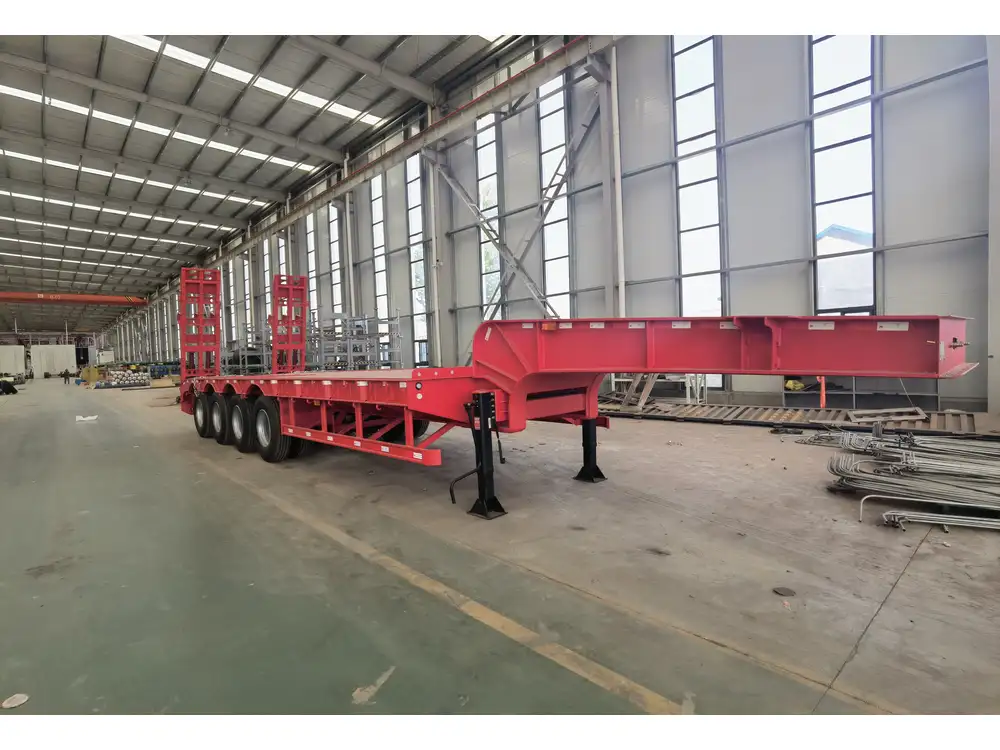
Step-by-Step Calculation
To determine how many cubic yards a particular dump trailer can hold, follow these steps:
Measure the Dimensions: Use a tape measure to find the length, width, and height of the trailer’s bed in feet.
Convert Dimensions to Cubic Feet: [ \text{Cubic Feet} = \text{Length} \times \text{Width} \times \text{Height} ]
Convert to Cubic Yards: [ \text{Cubic Yards} = \frac{\text{Cubic Feet}}{27} ]
Example Calculation
Let’s assume you have a dump trailer with the dimensions of 12 feet long, 7 feet wide, and 2 feet high.
Step 1: Calculate cubic feet: ( 12 \times 7 \times 2 = 168 \text{ cubic feet} )
Step 2: Convert to cubic yards: [ \frac{168}{27} \approx 6.22 \text{ cubic yards} ]
This practical approach helps you make informed decisions based on your hauling needs.
Common Uses for Dump Trailers
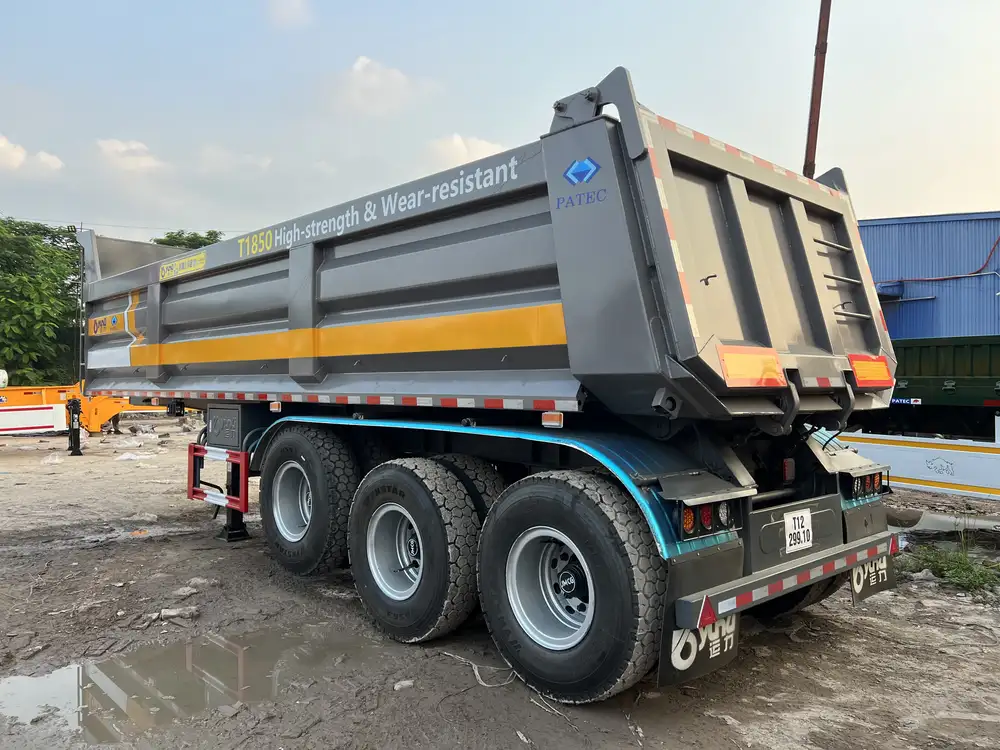
Landscaping
Dump trailers are widely used in landscaping projects for transporting soil, mulch, and other materials. The high capacity allows landscapers to reduce the number of trips necessary, leading to increased productivity.
Construction
In the construction industry, dump trailers manage heavy materials like concrete, bricks, and demolition debris. Knowing the yardage helps contractors plan material deliveries accurately and ensures that they have the right equipment on site.
Residential Projects
Homeowners often utilize dump trailers for DIY projects, such as yard cleanups or renovations. Whether you’re disposing of old materials or planning a new garden, understanding the capacity of your trailer ensures that you get the job done efficiently.
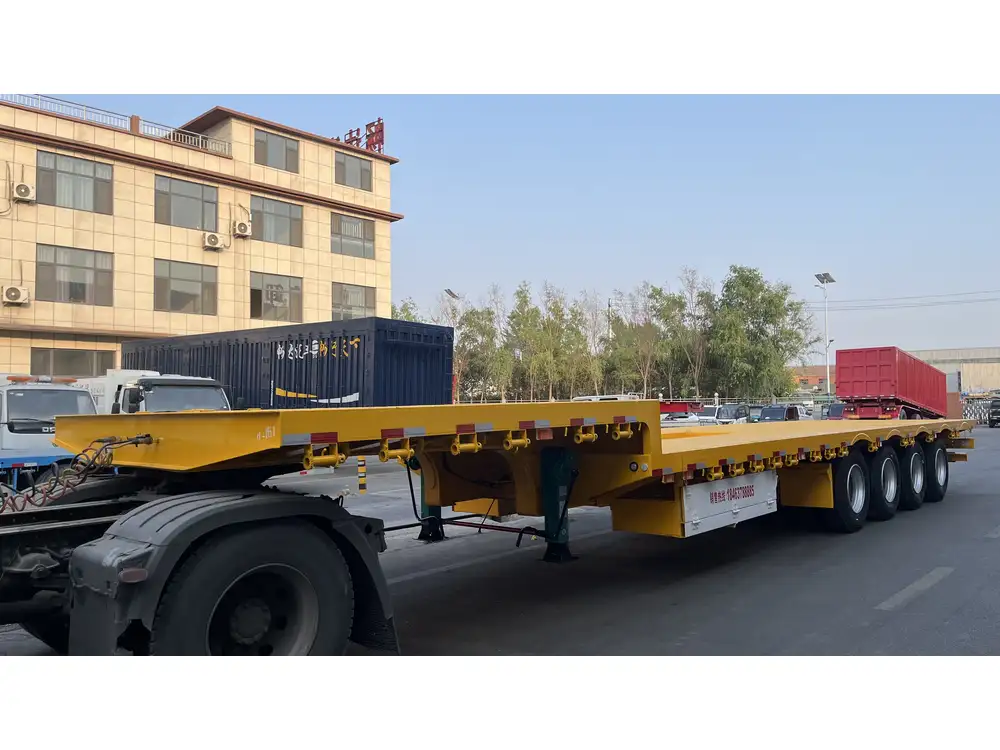
Snow Removal
In colder climates, dump trailers can also be used for snow removal. Their capacity enables users to haul large quantities of snow after storm events, making them beneficial for both commercial and residential snow management.
Popular Types of Dump Trailers
Single Axle Dump Trailers
Single axle dump trailers are typically lighter and easier to maneuver, making them perfect for small projects. These trailers generally offer lower cubic yard capacities compared to tandem axle trailers, usually maxing out at around 5 cubic yards.
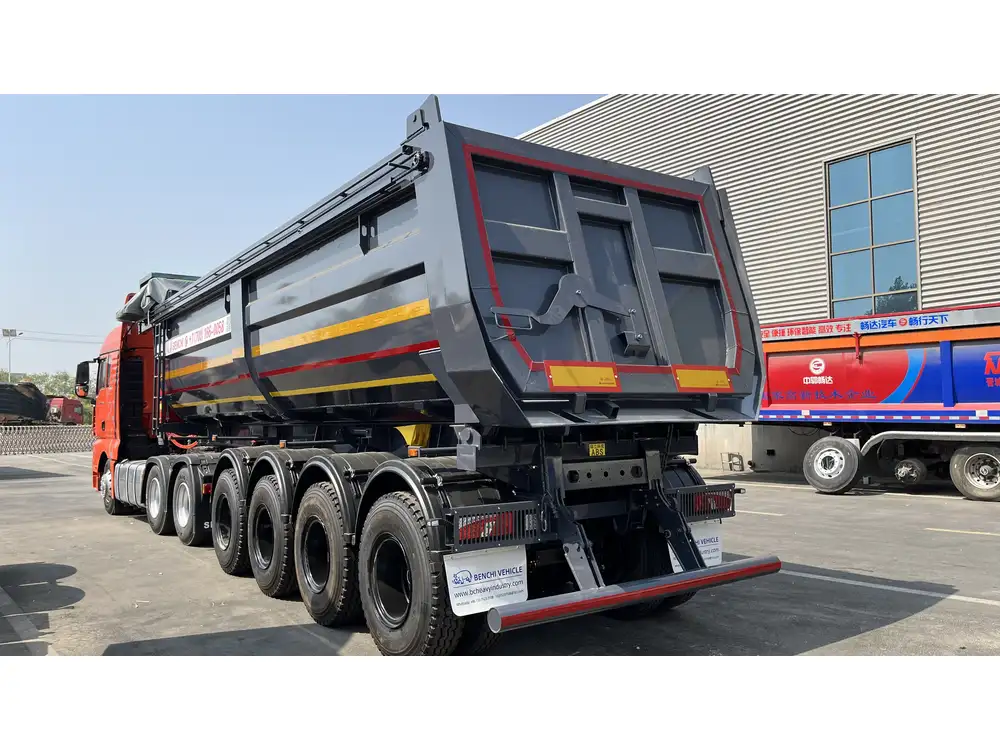
Tandem Axle Dump Trailers
Tandem axle dump trailers provide greater stability and larger load capacities, often ranging from 6 to 10 cubic yards or more. They are ideal for heavier loads and larger hauling tasks, such as those in construction or commercial landscaping.
Gooseneck Dump Trailers
Gooseneck dump trailers are designed to be towed by larger vehicles and offer significant payload capacity. Their ability to carry loads upwards of 14 cubic yards makes them a favorite among commercial haulers.
Landscape Dump Trailers
These specialized trailers are designed specifically for landscaping purposes, featuring a high side wall and low deck. Their capacity is often around 5 to 7 cubic yards, suitable for transporting heavy materials such as soil, gravel, and rocks.

Optimizing Efficient Use of Dump Trailers
Load Calculations
When planning your loads, it’s beneficial to calculate how many trips will be necessary based on your trailer’s cubic yard capacity and the total amount of material needed. By doing so, you can avoid inefficiencies and save on fuel costs.
Regular Maintenance
To keep your dump trailer in optimal working condition, regular maintenance checks are essential. Look for wear on tires, inspect the hydraulic systems, and ensure that lights and brakes are functioning correctly. This maintenance ensures safety and prolongs the trailer’s lifespan, ultimately protecting your investment.

Safety Practices
Adhering to safety practices is paramount when using dump trailers. Overloading can lead to disastrous outcomes. Always check weight limits before loading, and ensure that loads are secured properly to prevent shifting during transport.
Troubleshooting Common Problems
Uneven Loads
One common problem faced by dump trailer operators is uneven loading, leading to instability and challenges when towing. To rectify this, always ensure that loads are distributed evenly across the bed of the trailer.
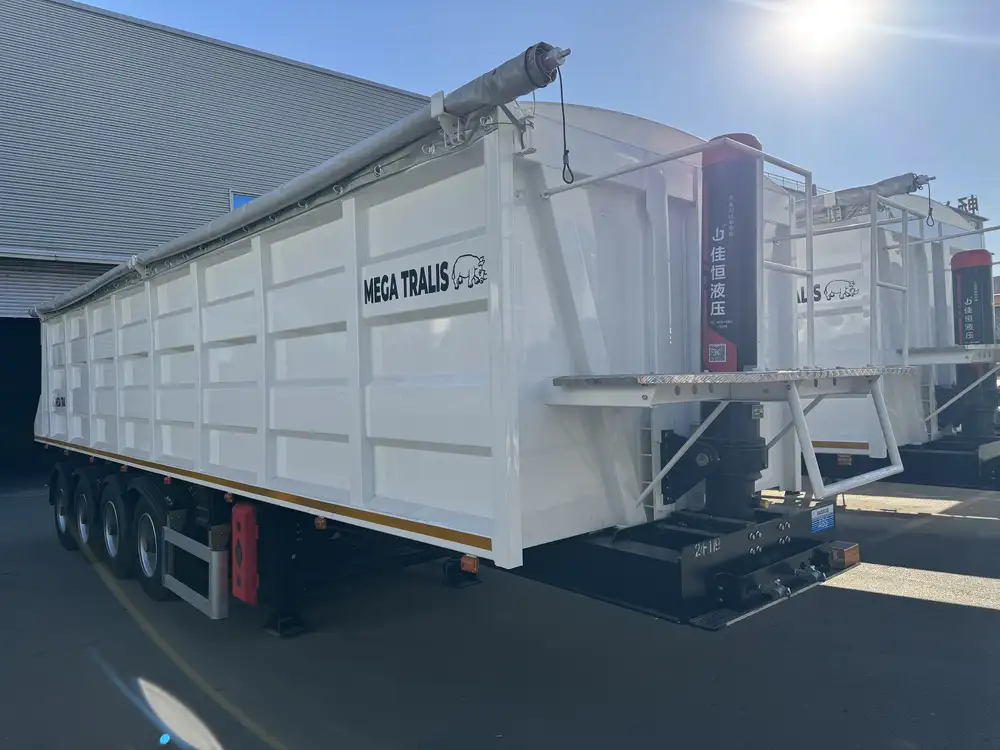
Hydraulic Issues
Hydraulic systems can fail for various reasons, such as leaks or faulty pumps. Regular inspections and timely maintenance can help mitigate these issues. If you notice your trailer’s lift is sluggish, it’s time to consult with a professional.
Tire Wear
Uneven tire wear may be indicative of overloaded conditions or improper alignment. Regularly checking tire pressure and alignment will enhance not only your trailer’s performance but also ensure a smoother ride and enhanced safety.
Frequently Asked Questions

What is the average capacity of a typical dump trailer?
The average capacity of a dump trailer typically ranges from 2 to 10 cubic yards, depending on trailer size and design.
How do I know if my dump trailer is overloaded?
If the trailer’s suspension appears overly compressed or if you experience difficulty steering while towing, these may be signs of an overloaded trailer.
Can dump trailers handle wet material?
Yes, dump trailers are capable of handling wet materials. However, it is essential to monitor the weight, as wet materials can significantly increase the overall load, potentially exceeding the trailer’s capacity.

What types of materials can a dump trailer carry?
Dump trailers can carry a wide array of materials including soil, gravel, debris, asphalt, and even liquid waste if equipped properly.
Conclusion
Understanding how many yards a dump trailer can hold is critical to maximizing its utility, whether you’re a contractor, landscaper, or homeowner. Armed with the knowledge of trailer capacities, calculated load planning, and common practices for maintaining safety and efficiency, users can approach their hauling tasks with confidence. As you consider the right dump trailer for your needs, keep in mind the various factors and specifications outlined above to ensure that every haul is smooth and successful.



